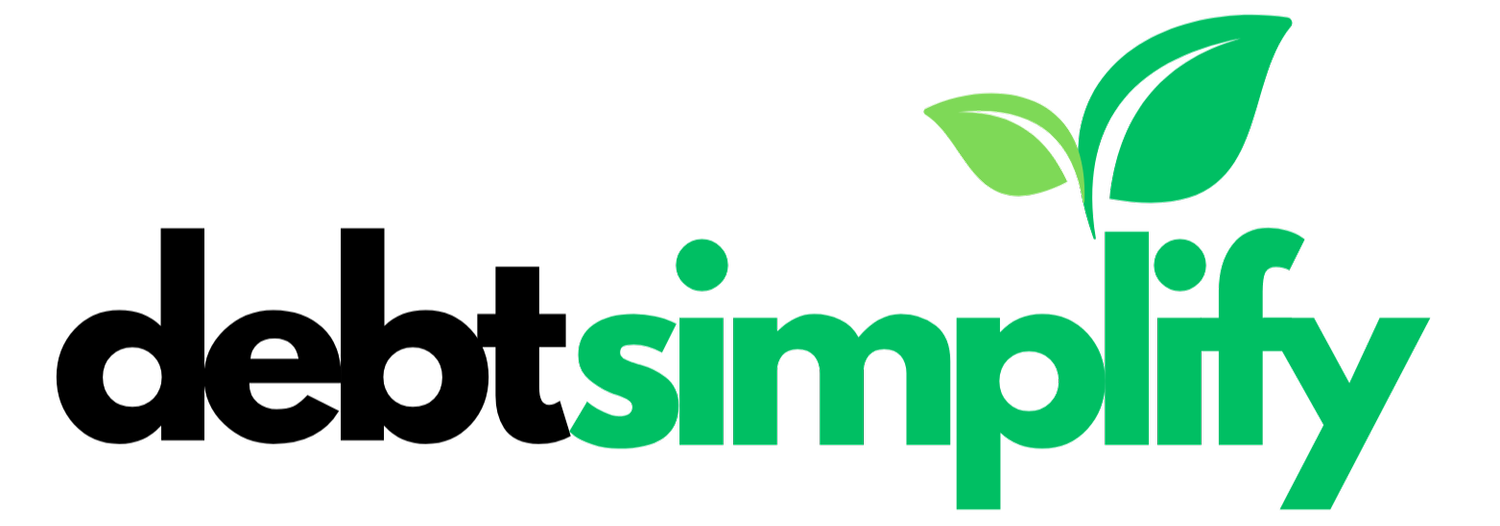Debt Consolidation in Canada
Understanding Debt Consolidation in Canada in 2025
Debt management remains a critical concern for many Canadians in 2025. With rising living costs, fluctuating interest rates, and increasing personal financial obligations, debt consolidation has gained renewed attention as a practical strategy for managing and reducing debt burdens. This comprehensive article explores the current landscape of debt consolidation in Canada, its benefits and drawbacks, the different options available, and considerations Canadians should keep in mind when pursuing this approach.
What Is Debt Consolidation?
Debt consolidation involves combining multiple debts into a single loan or payment plan, typically with the goal of obtaining a lower interest rate or reducing the number of monthly payments. The primary objective is to simplify repayment and potentially reduce overall borrowing costs. For many Canadians juggling credit card balances, personal loans, and other forms of debt, consolidation can offer a clearer path to financial stability.
The Debt Environment in Canada in 2025
As of 2025, Canadian households collectively carry over a trillion dollars in consumer debt, excluding mortgages. Several factors influence the debt landscape today:
Interest Rate Climate: The Bank of Canada’s key interest rate has seen moderate fluctuations over the past year, currently stabilizing around 4.5%. This has implications for borrowing costs, including consolidation loans.
Economic Conditions: While Canada’s economy demonstrates steady recovery and growth, inflationary pressures remain a concern, affecting household budgets.
Consumer Behaviour: Increased reliance on credit for everyday expenses, alongside rising housing costs, means many Canadians enter debt consolidation hopeful to regain control but cautious about long-term financial commitments.
Common Forms of Debt Consolidation in Canada
1. Personal Loans
Consumers can obtain a personal loan from banks, credit unions, or online lenders to pay off multiple debts, leaving only one loan to manage. These loans often have fixed interest rates and repayment terms, allowing for predictable budgeting.
Pros: Fixed payments, potentially lower interest rates than credit cards.
Cons: Qualification depends on credit score and income. Interest rates vary widely.
2. Home Equity Lines of Credit (HELOCs)
For homeowners, a HELOC allows borrowing against the equity in their home to pay off unsecured debt.
Pros: Typically lower interest rates than unsecured loans, possible tax advantages.
Cons: Uses home as collateral, so missed payments risk foreclosure. Interest rates can be variable.
3. Balance Transfer Credit Cards
Some credit cards offer promotional low or zero-interest periods on transferred balances.
Pros: Interest savings if paid off during promotional period.
Cons: Balance transfer fees apply, and interest rates can jump significantly after the promotion.
4. Debt Management Plans (DMPs) through Credit Counselling Agencies
Credit counselling agencies offer structured repayment plans that consolidate debt payments without taking out new loans.
Pros: Professional guidance, potential interest and fee reduction.
Cons: May require closing credit accounts, and typically takes 3-5 years to complete.
Simplify Your Financial Management
By merging multiple payments into one, borrowers reduce complexity and the risk of missed payments, which can harm credit scores.
Potentially Lowers Interest Costs
Consolidation loans often offer lower interest rates than unsecured credit card debt, creating savings over time.
Improves Cash Flow
Monthly payments may be reduced by extending loan terms or securing a lower rate, freeing up income for other expenses or savings.
Supports Credit Score Improvement
Consistent, timely payments on a consolidated loan can help rebuild credit over time.
Risks and Considerations
Risk of Increased Debt
Consolidation does not eliminate debt; without changes in spending habits, borrowers may accumulate new debt, negating the benefits.
Fees and Charges
Some lending products come with origination fees, balance transfer fees, or prepayment penalties.
Collateral Risk
Loans secured against assets like a home or vehicle carry the risk of loss if payments are missed.
Impact on Credit
Applying for new loans increases credit inquiries, and closing old accounts may affect credit mix and length of credit history.
How to Approach Debt Consolidation in Canada
Evaluate Your Financial Situation
List all debts, interest rates, monthly payments, and terms. Understand your income, expenses, and financial goals.
Research Consolidation Options
Compare interest rates, fees, loan terms, and lender reputation. Consider talking with a credit counsellor for unbiased advice.
Consider Your Spending Habits
Debt consolidation is a tool, not a cure. Control overspending to prevent reaccumulating of debt.
Plan for Loan Repayment
Create a detailed budget that accounts for your new consolidated payment plus emergency savings.
Trends Influencing Debt Consolidation in 2025
In 2025, debt consolidation continues to be influenced by several key trends, including the rising use of technology-driven financial tools that offer personalized debt management plans. Canadians increasingly seek online platforms providing instant eligibility assessments and tailored repayment options, making the consolidation process more accessible and efficient. Additionally, there is a growing demand for sustainable financial solutions that not only reduce debt but also promote long-term financial health through integrated budgeting and financial education. Economic factors such as fluctuating interest rates and the cost of living also drive more individuals towards consolidation as a way to manage their payments more effectively.
Ultimately, understanding these trends helps Canadians make informed decisions about debt consolidation, ensuring that their approach to debt management aligns with both current financial realities and future goals.


